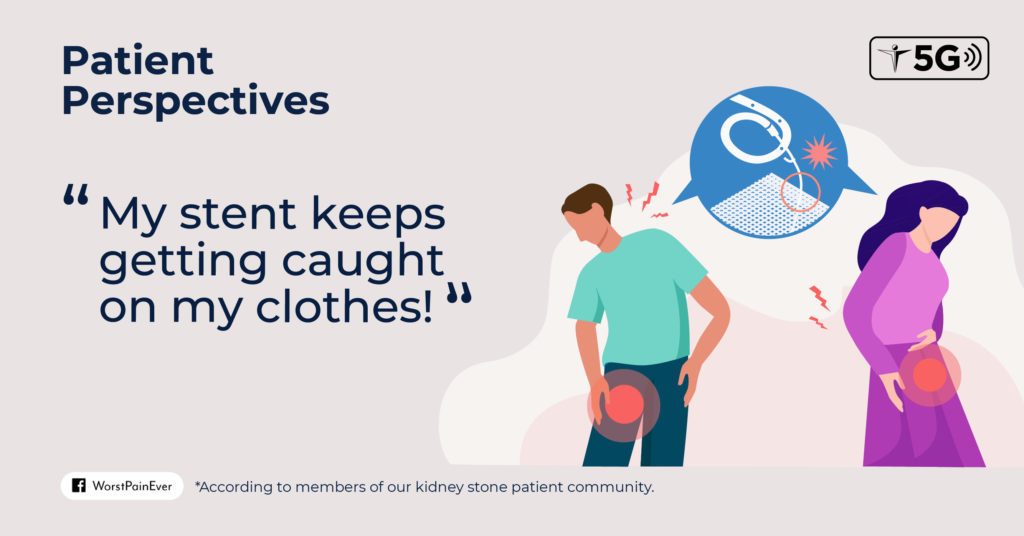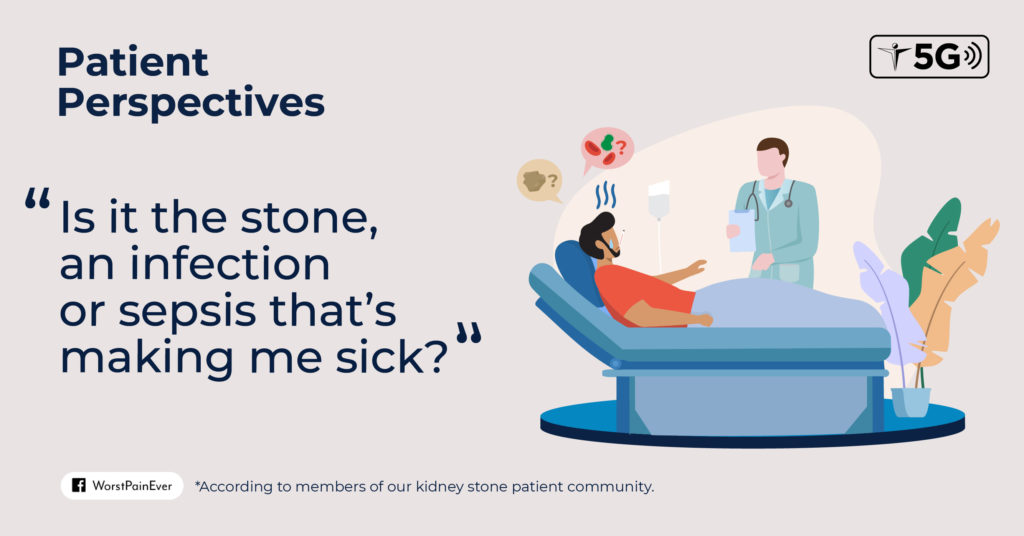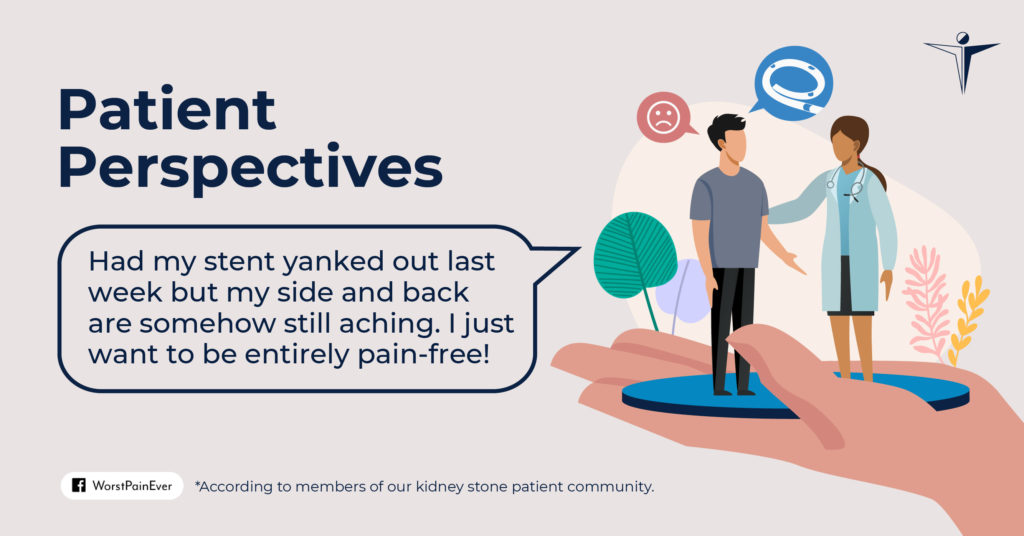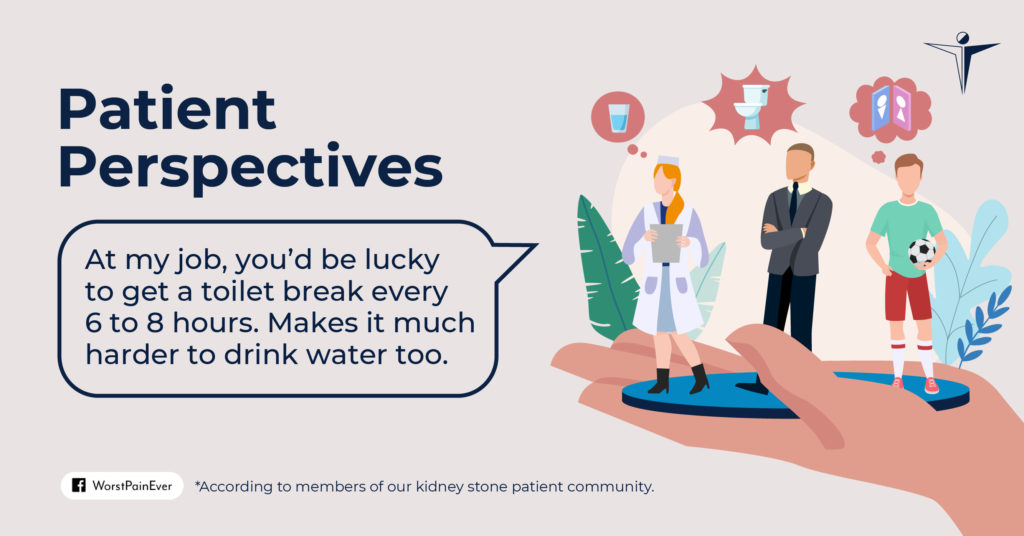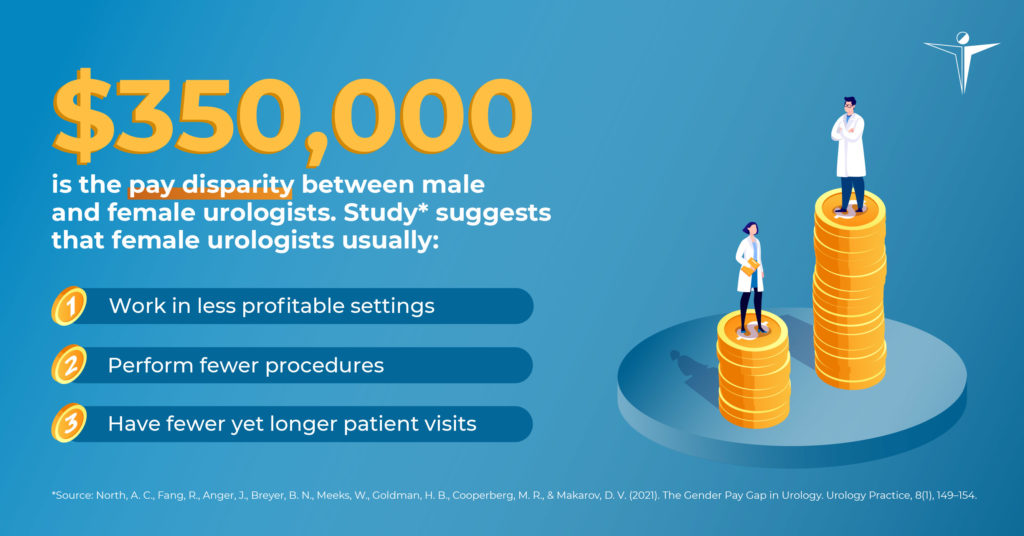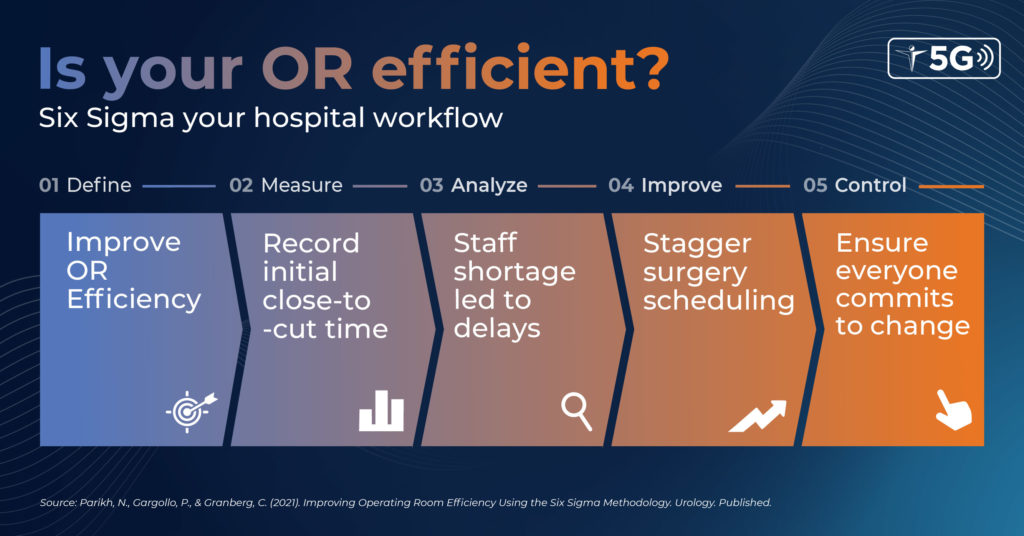Self-removal stents require a shorter retention time and incur lower costs compared to in-office cystoscopies, making them a more popular option among both urologists and kidney stone patients*. However, many patients in our community struggle with extraction strings catching on their clothes.
For some, even simple tasks like getting dressed and walking have become a challenge. To reduce the instances of stents dislodging, some urologists advise shortening the extraction strings, but most just rely on patients to self-manage. What precautions do you take to prevent patients’ stents from dislodging?

